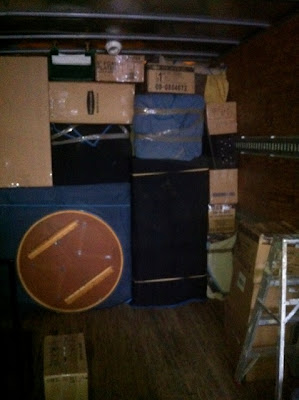Getting an Estimate
According to the Canadian Association of Movers, Canada’s moving trade association, more than five million people move every year within Canada. They want those moves to be as pleasant as possible and therefore, give consumers some strong advice: When planning a move get several cost estimates from different moving companies. Also, understand what services and charges you are being asked to pay for and why. The cheapest price is not always the best deal.
Here’s how it should work:
•Get a visual inspection. The best (and only) way to get an accurate cost estimate from a moving company is for them to come to your home and list every article they are moving. This will avoid surprises and extra charges later.
•The mover will calculate the approximate weight and cubic content of your articles and determine what is being shipped ahead of time or there is any special packing or crating needs.
•The mover will create a cost estimate based on the weight of your items and their seasonally-based transportation rate per 100 lbs. This basic pricing formula will include loading, unloading and carrying goods from your current home to your new destination.
•The mover will provide you with the list of extra fees, such as: working after hours, moving a piano, ferry charges, packing materials, crating services, third party or appliance services or extra cargo particulars.
• The mover will also provide you with any discounts – i.e. special offers or senior’s rates.
Knowing what to expect and getting several estimates will increase your chances of getting the best deal for your dollar and having a smooth move. For more information about The Canadian Association of Movers or to ask to refer a mover: visit: www.mover.net.
By: Andrew Brown and Sharon Osvald















